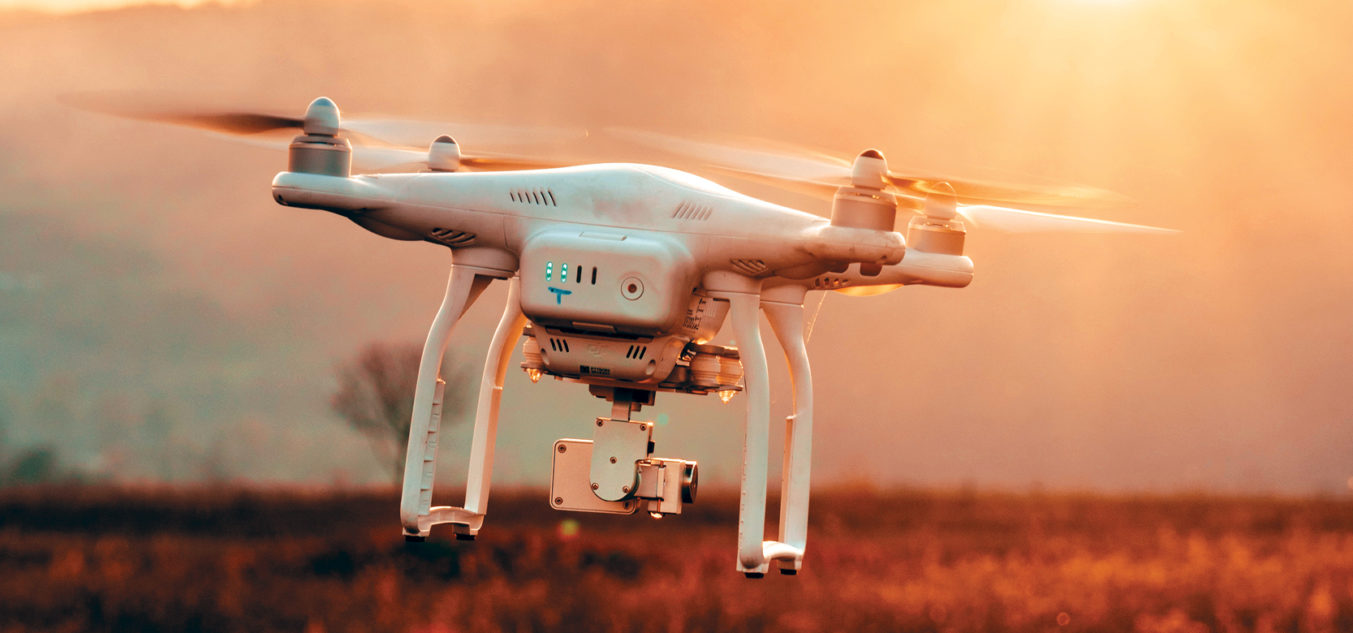Unmanned Aerial Vehicles (UAVs), commonly known as drones, have transcended their military origins to become a ubiquitous and transformative technology in various sectors. From capturing breathtaking aerial footage to revolutionizing industries such as agriculture and logistics, drones have rapidly evolved and continue to redefine the way we interact with the world.
The Birth of Drones
Drones may seem like a product of the 21st century, but their history dates back further than you might think. The earliest recorded use of drones can be traced back to Austria in 1849, where the Austrian army used balloons filled with explosives to target the city of Venice during the First Italian War of Independence. However, it wasn’t until the 20th century that the concept of unmanned aircraft truly took off.
During World War I, the development of remote-controlled aircraft gained momentum. The Kettering Bug, an early drone, was used by the United States military for reconnaissance and even limited bombing missions. These early pioneers paved the way for the modern drones we know today.
From Military to Mainstream
For many years, drones remained primarily within the purview of the military, used for reconnaissance, surveillance, and, in some cases, combat. However, it wasn’t long before their potential transcended the battlefield and found applications in the civilian world.
The turning point came with advances in technology, particularly in the fields of miniaturization, battery life, and GPS navigation. These breakthroughs made drones more accessible and affordable, leading to a surge in interest from hobbyists, photographers, and entrepreneurs alike.
Aerial Photography and Cinematography
One of the most prominent civilian applications of drones is in aerial photography and cinematography. Drones equipped with high-resolution cameras have opened up entirely new perspectives for photographers and filmmakers. They can capture stunning landscapes, urban skylines, and action shots that were once unimaginable, all while providing filmmakers with creative freedom and cost-effective solutions.
Precision Agriculture
In agriculture, drones have proven to be a game-changer. They can monitor crops from the air, analyze soil conditions, and even administer precise amounts of fertilizers and pesticides. This precision farming not only increases crop yields but also reduces the environmental impact of agriculture by minimizing resource wastage.
Search and Rescue
Drones have also proven invaluable in search and rescue operations. Equipped with thermal cameras and other sensors, they can cover vast areas quickly and locate missing persons or assess disaster-stricken regions. In emergency situations, drones provide critical real-time data to first responders, saving lives in the process.
Logistics and Delivery
Companies like Amazon and UPS are exploring the use of drones for package delivery. This technology has the potential to revolutionize the logistics industry by reducing delivery times and costs, particularly for remote or hard-to-reach areas.
Regulatory Challenges
While drones offer incredible opportunities, their proliferation has raised concerns about safety, privacy, and regulation. Governments around the world are working to strike a balance between enabling innovation and ensuring responsible drone use. This includes implementing registration requirements, no-fly zones near airports, and strict regulations for commercial drone operators.
The Future of Drones
As technology continues to advance, the future of drones holds even more promise. We can expect to see improvements in battery life, range, and autonomous flight capabilities. Artificial intelligence and machine learning will play a significant role in enabling drones to perform increasingly complex tasks, such as autonomous inspections and traffic management in urban environments.
In conclusion, drones have come a long way since their inception, transforming from military tools into versatile, accessible, and transformative technologies. Their applications span across various industries, from photography and agriculture to search and rescue and logistics. As the drone industry continues to evolve, we can look forward to even more innovative and impactful uses of this remarkable technology. However, with great power comes great responsibility, and ensuring safe and responsible drone use will remain a top priority as drones continue to soar to new heights.





